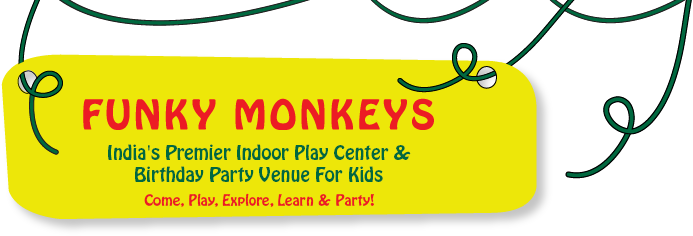Until a couple of decades ago, play time was primarily meant for children to have fun with their toys or their friends at home, or at kids play places like a park. However, with research showing the impact play can have on a child’s early development, there is an increasing emphasis on tailoring the play experience to make it a joyful and learning one for the child. Play can be broadly classified as structured play and free play, based on the amount of adult involvement.
1. Structured Play
Structured play, also commonly referred to as guided play or goal-oriented play, comprises of adults being involved in the play experience to a large extent, through initiating it, controlling the distribution of the play items at hand, or intervening during the course of play. Structured play is usually conducted with clear learning objectives, which help define the course of play. It involves using logic and following certain rules or instructions to reach a pre-defined goal.
Examples of structured play include playing organised sports, such as football, or card games or board games that come with a set of defined rules. Another great example of structured play is when an adult spends time with a child or a group of children in an indoor play area to build a model airplane or toy, or work on a Lego set. In order for structured play to be successful, the adult needs to understand the temperament, requirements and concern of the child, and should intervene and not impose on the play experience.
2. Free Play
On the other hand, free play, or unstructured play, comprises of play experiences that involve minimal adult intervention. Free play is also structured to a certain extent as it is defined by the play area, the other children involved and the resources available. Free play can be initiated by a child or an adult, and doesn’t require the players to conform to any rules as such, making it a pressure-free play experience.
Free play has no set goals or objectives, and children can improvise and use their creativity to explore the endless possibilities.
Some good examples of free play are art activities, such as colouring, painting or drawing on blank paper, or running around in a playground, or playing with blocks in an indoor play area.
3. Which Play Experience is Better?
Both free play and structured play come with their own respective set of benefits. While structured play teaches children discipline and how to achieve a pre-defined goal in the most efficient and effective manner, unstructured play helps develop a child’s curiosity, imagination and creativity. Structured play is an excellent way to teach your child the valuable skills of active listening and problem solving, while free play teaches them to think on their feet and empowers even the shiest of children to express themselves more clearly. A balance between both these forms of play is key, and can be easily found at an indoor play centre. An indoor play area, which is an established global concept that has now become very popular in India too, offers both structured and unstructured play experiences for all ages. Staff in these kids play places are trained to be competent participants when it comes to structured play, and adept supervisors during free play sessions. These kids play places also make for great kids birthday party venues, where your child and his/her friends can indulge in an evening of the best play experiences.
